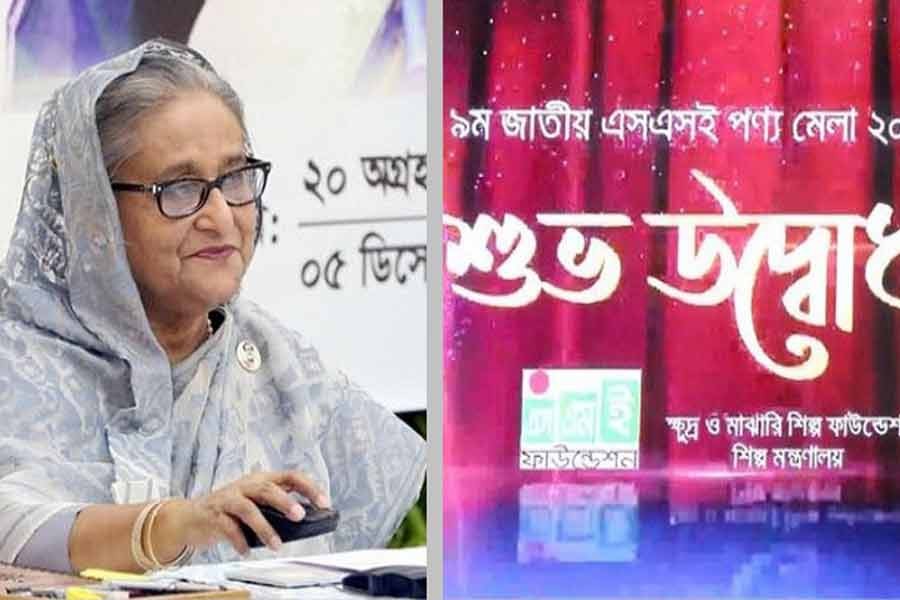Though the number of youths graduating from the higher educational institutions is increasing every year, the existing job market is finding it harder to keep pace with it. Needless to say, the situation calls for a change in the job-seeking youths' mindset about employment. The only way to do so is to concentrate on creating self-employment and setting examples for others to emulate. At this point, the question that naturally arises is where the intending but inexperienced youths will get the necessary knowhow and the capital from to begin such income-earning activities. Obviously, the government will be required to come forward with the financial and technical support as well as the needed physical infrastructure for the youths and motivate them to undertake self-employment ventures.
On this score, the government's seriousness about the matter has been made clear from the prime minister's emphasis on the youths' self-employment on the occasion of her virtual inaugural speech on Sunday at the eight-day SME fair in the city. The report that some 100 special economic zones will have special arrangements and facilities, especially for women entrepreneurs, is, of course, a great piece of news. It will definitely boost the morale of the female graduates seeking to start their self-employment activities. Talking of women employment, it is not only the college graduates who should get all the attention. When it comes to self-employment, it is the women from the less privileged segment of society, who, out of dire necessity, often start self-employment activities. A survey of either the urban and rural surroundings will reveal how many women from very poor backgrounds are running micro-scale enterprises with negligible amount of funds. Numerous such NGO-supported women-run micro-enterprises are already in operation all across the country. Actually, the vast informal sector of the economy is humming with such micro-scale income generating activities. These women are trying to come out of extreme poverty on their own. To prop up their effort, the government should make its women-entrepreneurship assistance programme more inclusive so that these struggling self-employed poor women may also draw from its provisions like easy credit, training and infrastructural support.
According to the Economic Census of 2013, between 2001 and the census year (2013), the number of female-headed establishments in the country increased from 0.10 million to 0.56 million. Clearly, the number of women in decision-making position in their families increased more than five-fold during the period under study. With the increase in population and more women joining the income-earning activities, it is not hard to imagine how many more women have meanwhile joined them. The census-figure only points to how fast the women-entrepreneurship sector is expanding to claim the government's special attention to it.
Despite these reports of increased level of women's participation in the economy and society, Bangladesh is still to go a long way in improving its status on the women entrepreneurship index globally. Going by the Mastercard Index of Women Entrepreneurship 2020, Bangladesh ranked low among 58 countries studied in that year. If anything, the Mastercard ranking shows that Bangladesh is still a very tough place for women entrepreneurs irrespective of their socio-economic background. Then the hurdles emanating especially from gender-bias are similar for women entrepreneurs whether they are from enlightened urban families or from the poor, rural background. So, alongside opening up the opportunities for women to expand their entrepreneurship role in society, serious efforts need also to be taken to make the overall working environment more congenial to them.


